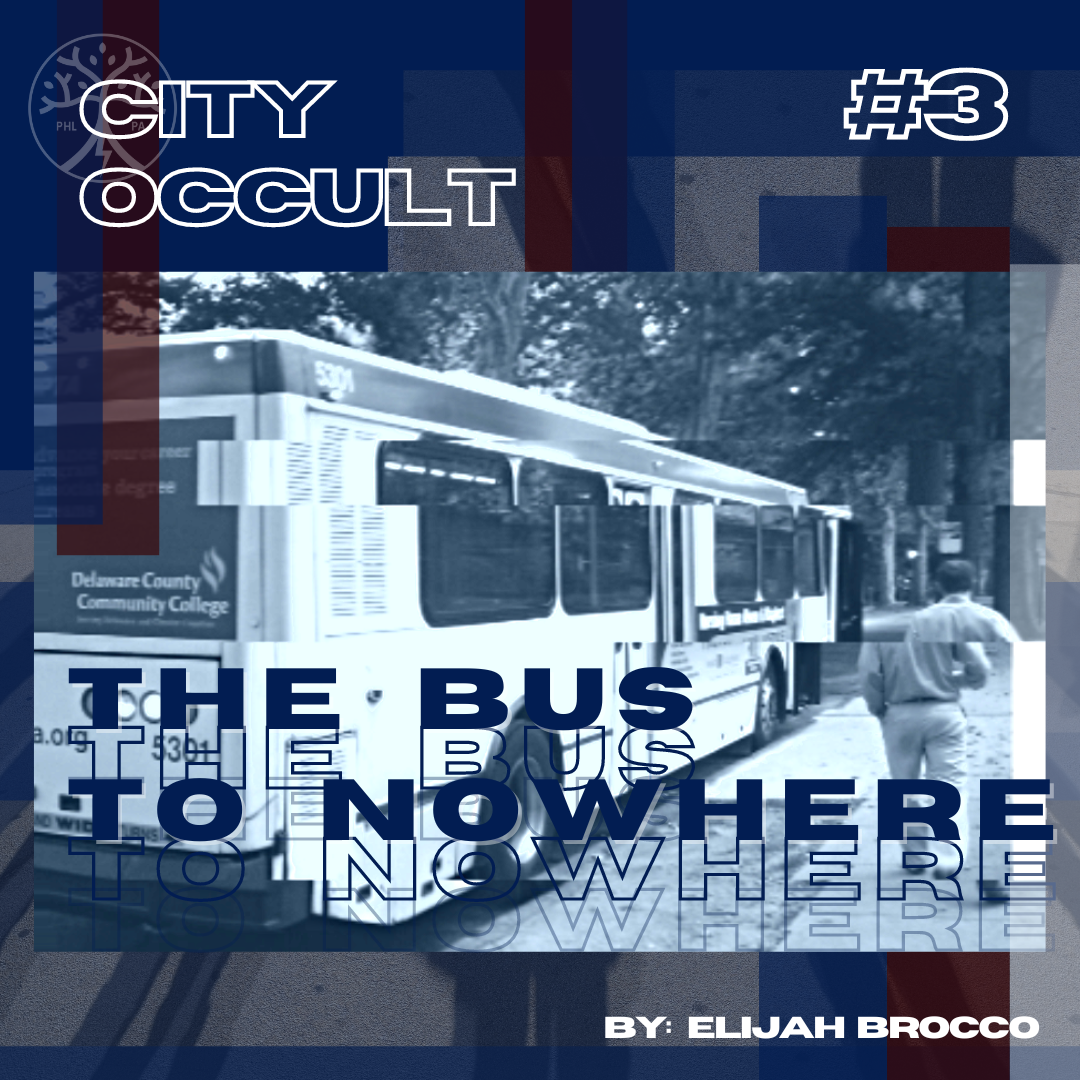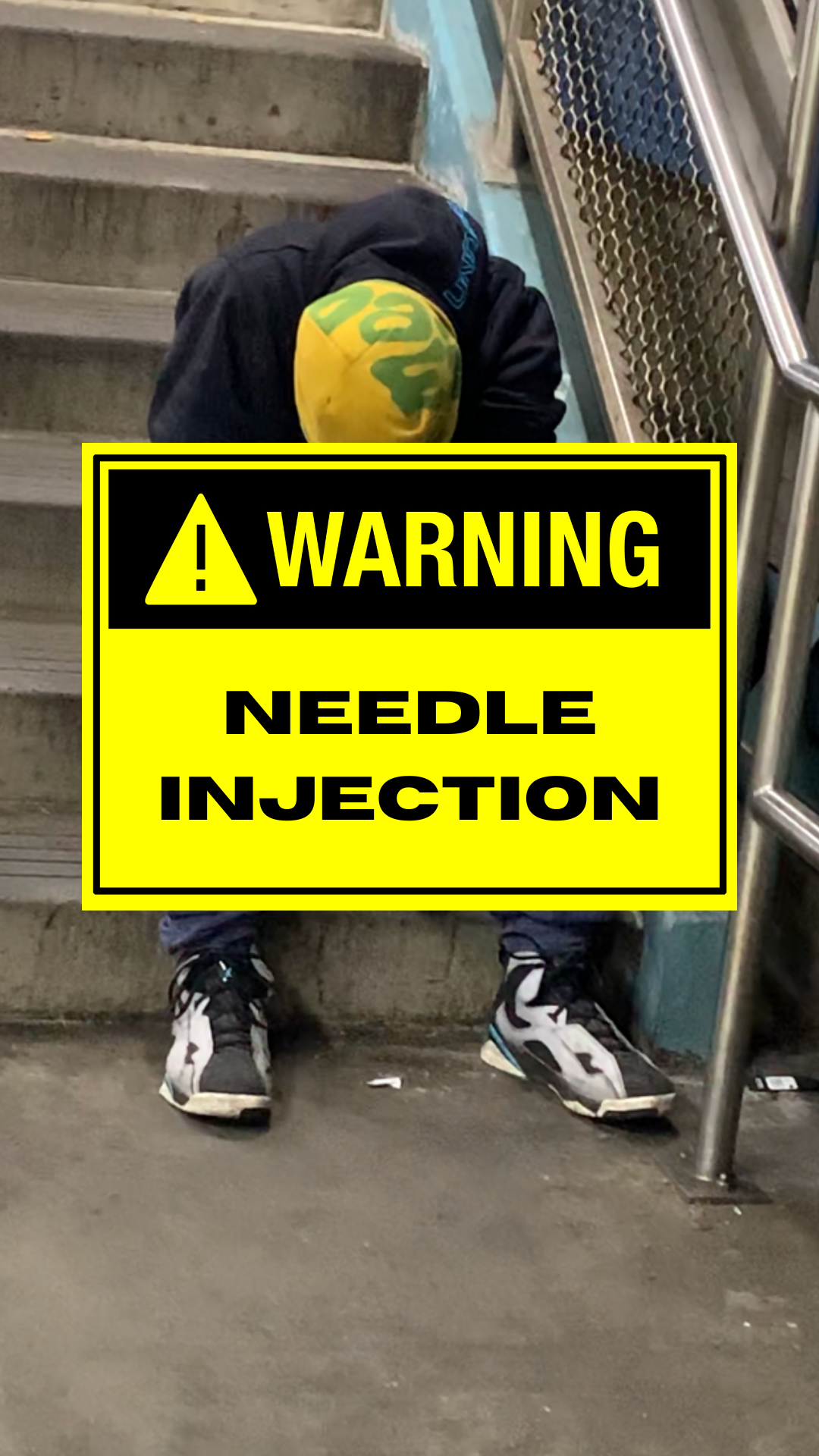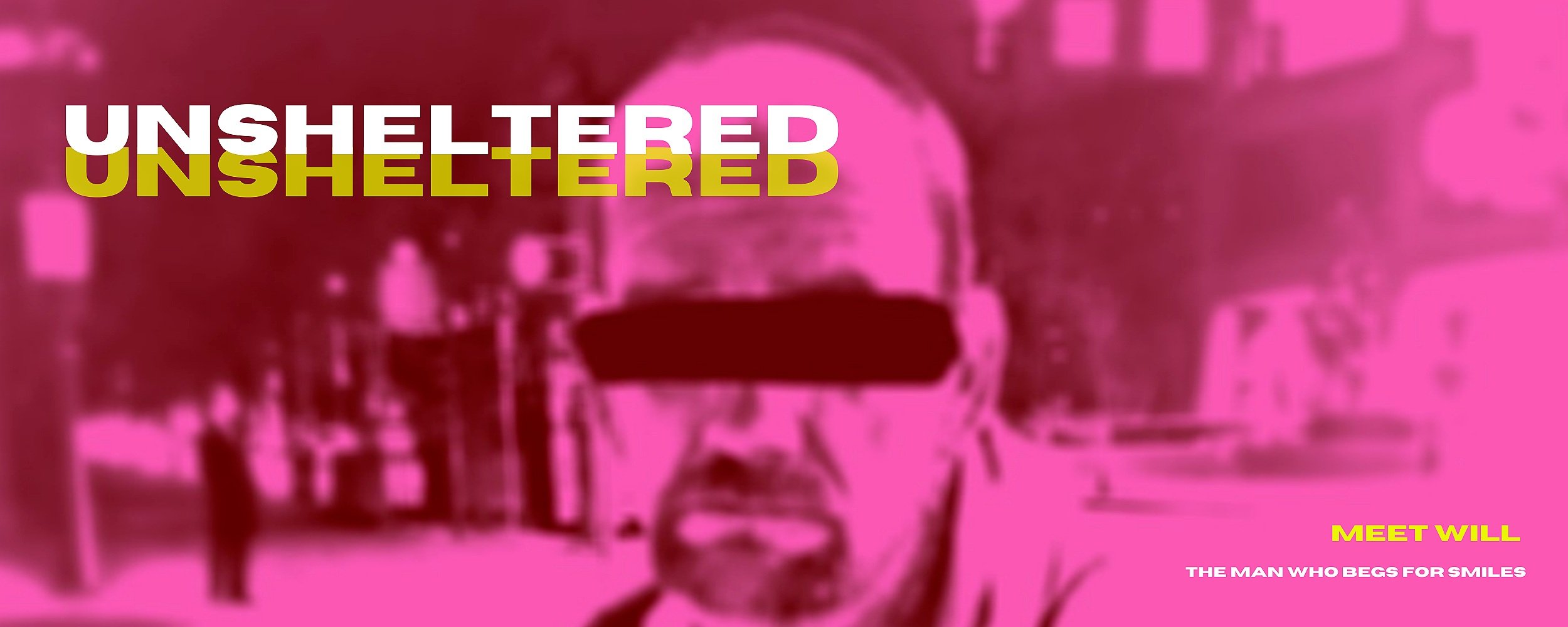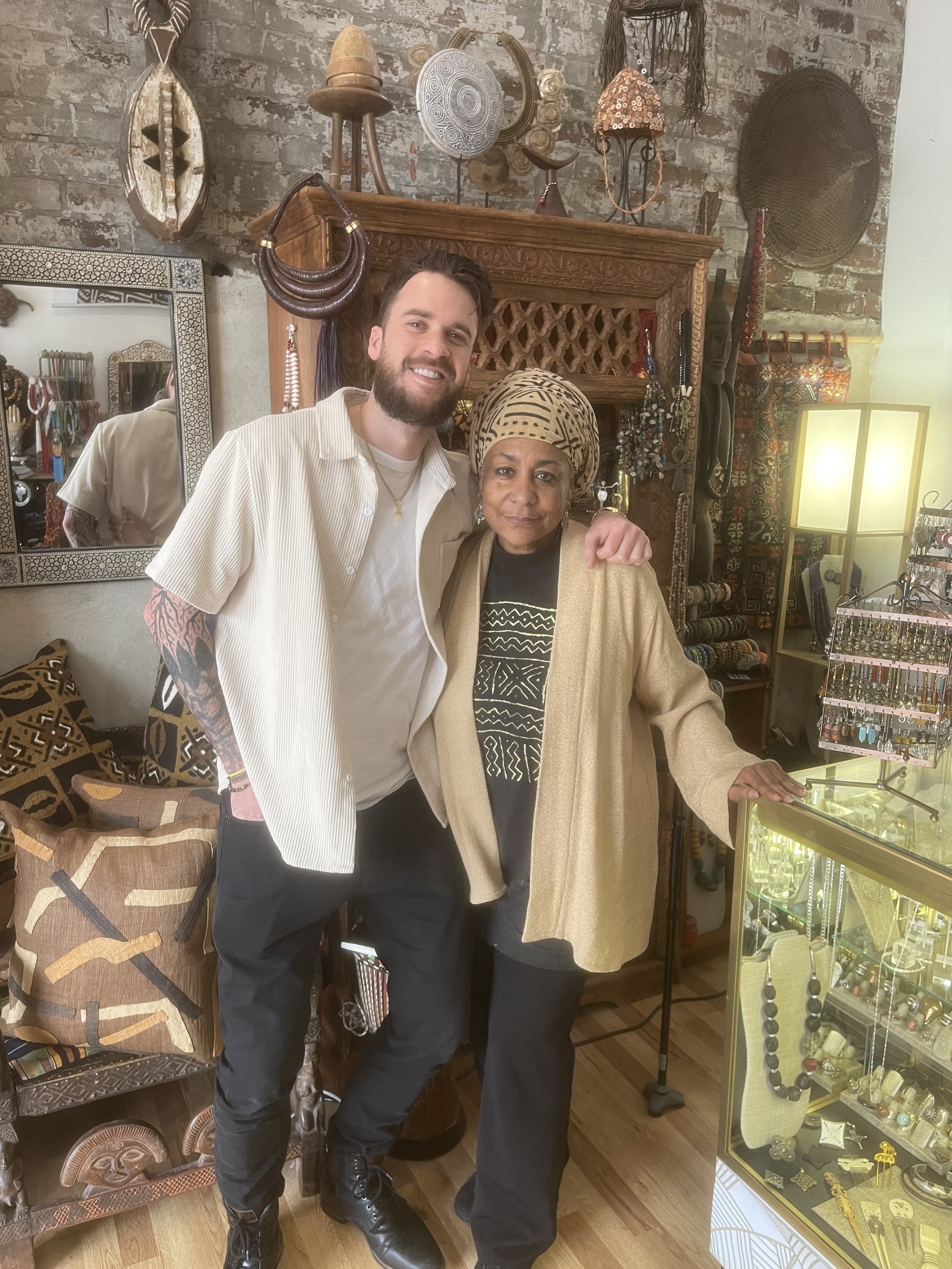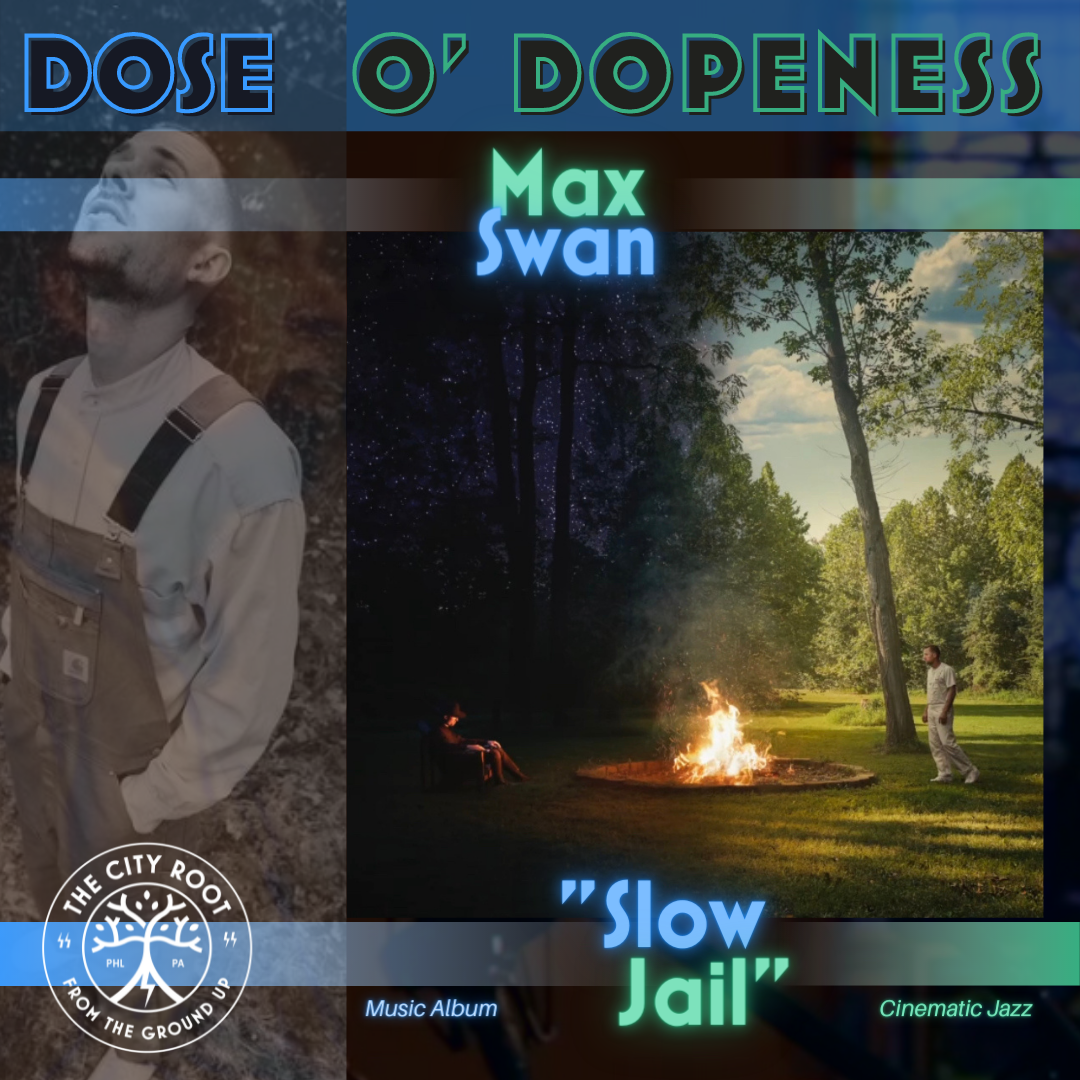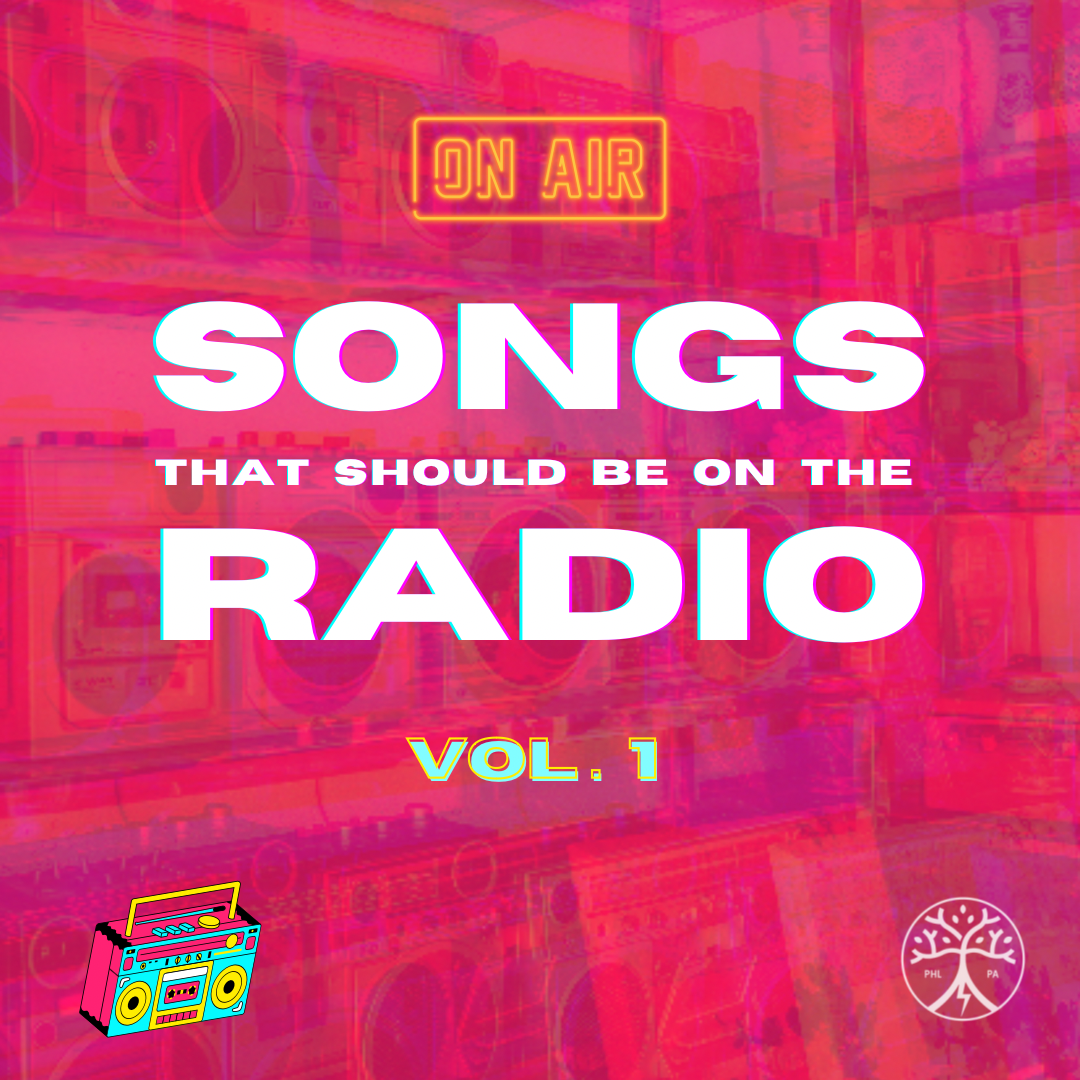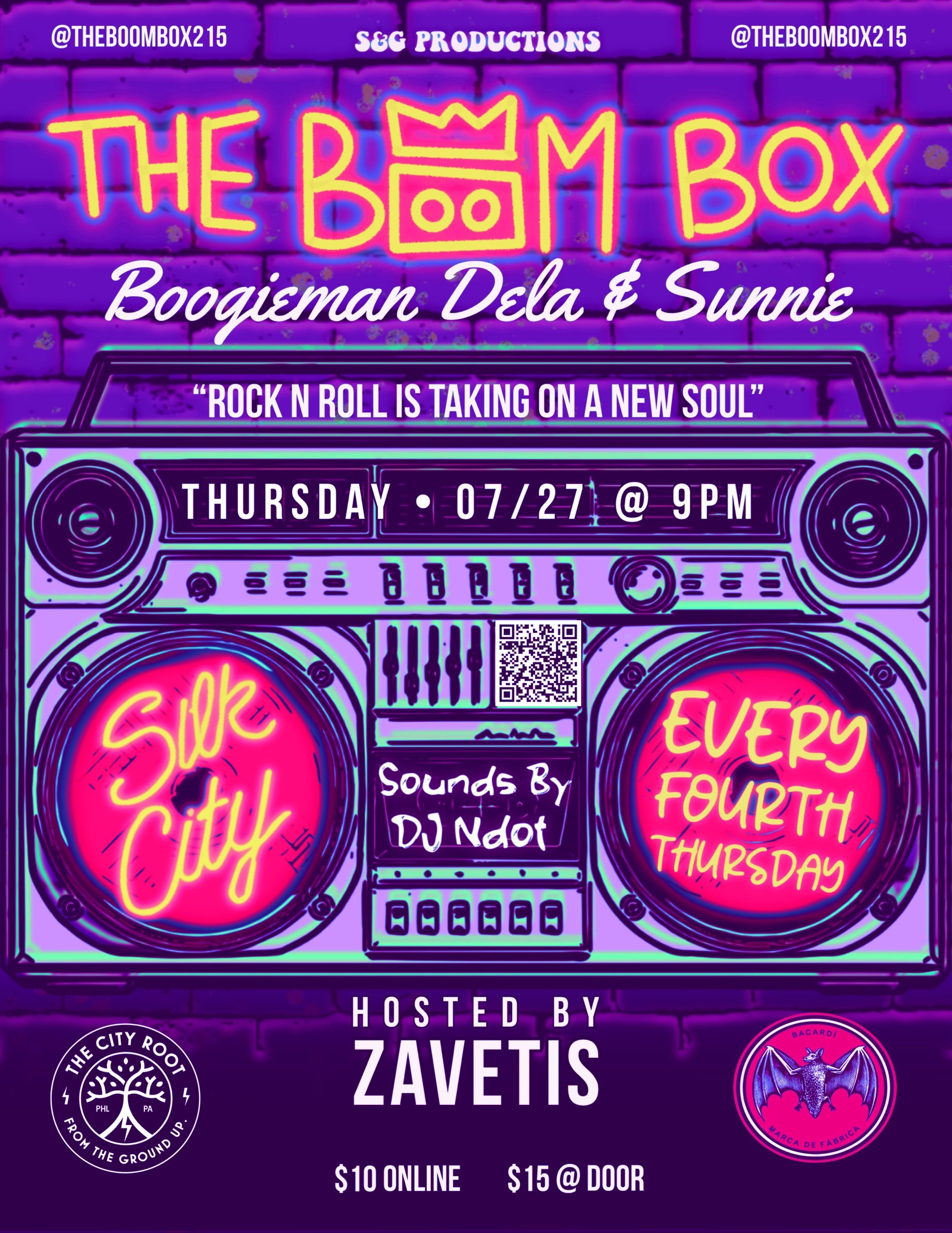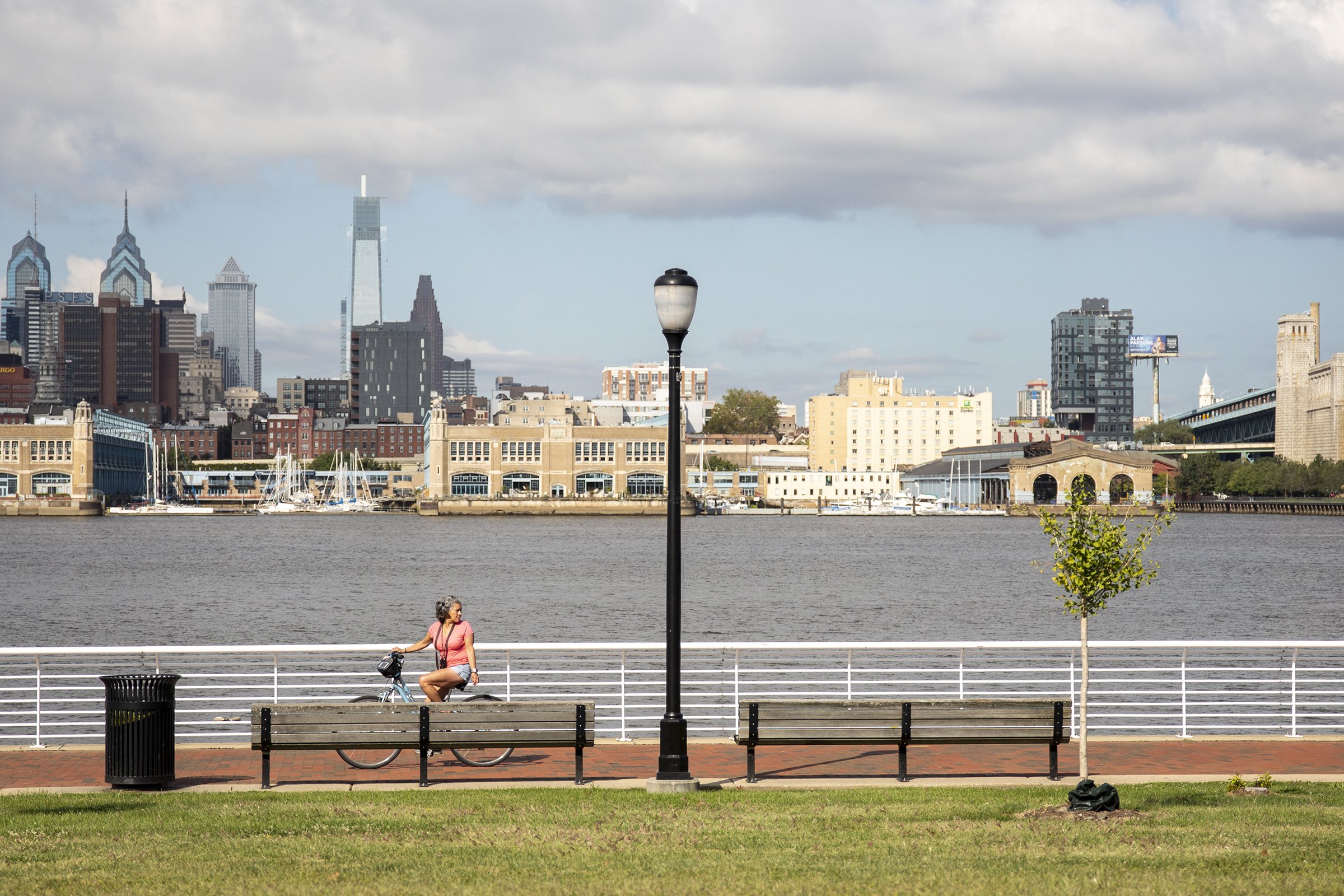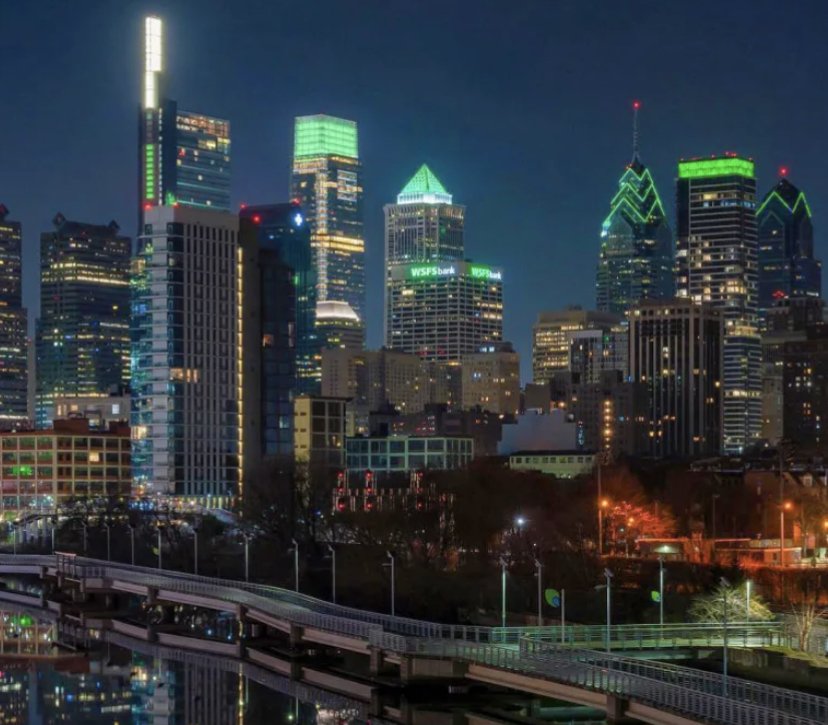City Occult: The Mania & Madness of Eastern State Penitentiary
Most architecture in Philadelphia is one or both of two things; tall and thin. It’s against this backdrop that the Eastern State Penitentiary stands, a great and deeply haunted castle-like prison thrust into the middle of the urban scene. Built in 1829 at a cost of $800,000, the prison was constructed to revitalize the way that criminals experience their incarcerations.
The gloomy high stone walls and crumbling Gothic-inspired corridors of the prison played host to thousands of hard-core criminals, suicide, madness, disease, murder, torture and more.
What made the Eastern State Penitentiary unique was it’s “separate system,” also known as the “Pennsylvania system”. Each inmate was given their own room— effectively forcing them to spend their sentence in perpetual solitary confinement.
Despite its outdated ideology around psychology, the penitentiary’s facilities were actually some of the best in the world. In a time where even current president Andrew Jackson used a chamber pot, each inmate had their own private flushing toilets. The prisoners were served three meals a day, had private exercise areas, and were given a skylight in each cell so that they could read the bible; the only book with which they were provided.
So, if they had it so great (at least for prisoners) where did it go wrong? Why did Eastern State become a haunted and tormented place instead of a benchmark for correctional facilties?
From the Eastern State website
Despite all its material comforts,
this “paradise of Penitentiaries”
drove men mad.
From the Eastern State website
The inmates began to go crazy as they were left alone with their thoughts day in and day out. As it was forbidden to interact with other prisoners or guards, some began talking to themselves deliriously and were severely punished for doing so. The wardens wanted the prison to be incredibly quiet, going so far as to put felt shoe covers on guards so that their footsteps could not be heard. Hoods were placed over the incarcerated any time they were called on to leave their cells. Utter silence, utter solitude. It was meant to inspire penance; instead, it inspired insanity.
Punishments for defying these rules are enough to make you nauseous. There was a water bath where inmates were dunked and then hung out on a wall in winter until ice started to form on their skin. They were also subjected to the mad chair, which bound an inmate so tightly that their circulation was cut off, leading to many amputations. In addition, they faced the iron gag, in which an inmate's hands were tied behind the back and strapped to an iron collar in the mouth, so that any movement caused the tongue to tear. And most creepily of all, "The Hole," a dank underground cell where unfortunate souls had no light, no human contact, no exercise, no toilet and little food and air.
Even Charles Dickens wrote, upon visiting the prison in 1842, about his disgust for the prison.
“The system [there] is rigid, strict, and hopeless solitary confinement…tampering with the mysteries of the brain to be immeasurably worse than any torture of the body.”
Not least of the penitentiary’s stories include the specters that are claimed to roam the darkened halls. Each cell block is known for a different sort of unique haunting experience: 12 for echoing voices and cackling, 6 for shadowy figures darting along the walls, 4 for visions of ghostly faces, and so on.
But one of the most legendary tales from the haunted prison comes from Gary Johnson, a man who works in maintenance at the building. Some time in the early 1990s, Johnson was fixing up an old lock when he felt a force that gripped him so tightly that he was unable to move. He described a negative, horrible energy that radiated through the room as tormented faces appeared on the cell walls; one form in particular even beckoning to him.
Eventually the world caught wind of the faults in the “separate system” which, mixed with overcrowding, caused Eastern State to change into a more standard prison. It was because of this change that inmates finally were able to interact with each other and guards. After this, the prison remained open for 142 years before the upkeep of the building became too much. The penitentiary was re-opened to the public as the museum/haunted house that it is today — left in a state of magnificent decay for all to marvel at.
Tours of the prison are open for both daytime and night-time goers, and any Philadelphia local would be wise to check it out. Need more motivation to visit?
The self-guided audio tour is narrated by the man, myth, and legend; good ol’ Steve Buscemi.



